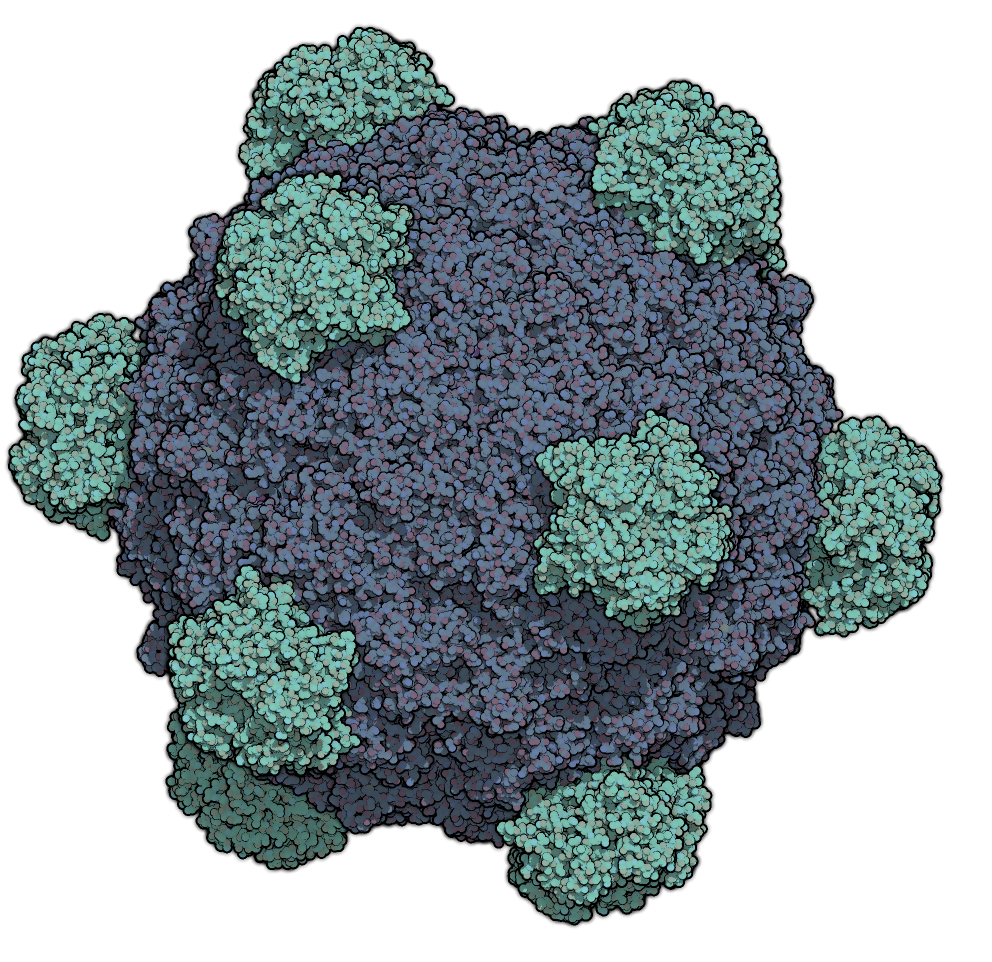Typically, Quantum Error Detection (QED) is viewed as a short-term solution—a non-scalable, stop-gap until full fault tolerance is achieved at scale.
That’s just changed, thanks to a serendipitous discovery made by our team. Now, QED can be used in a much wider context than previously thought. Our team made this discovery while studying the contact process, which describes things like how diseases spread or how water permeates porous materials. In particular, our team was studying the quantum contact process (QCP), a problem they had tackled before, which helps physicists understand things like phase transitions. In the process (pun intended), they came across what senior advanced physicist, Eli Chertkov, described as “a surprising result.”
While examining the problem, the team realized that they could convert detected errors due to noisy hardware into random resets, a key part of the QCP, thus avoiding the exponentially costly overhead of post-selection normally expected in QED.
To understand this better, the team developed a new protocol in which the encoded, or logical, quantum circuit adapts to the noise generated by the quantum computer. They quickly realized that this method could be used to explore other classes of random circuits similar to the ones they were already studying.
The team put it all together on System Model H2 to run a complex simulation, and were surprised to find that they were able to achieve near break-even results, where the logically encoded circuit performed as well as its physical analog, thanks to their clever application of QED. Â Ultimately, this new protocol will allow QED codes to be used in a scalable way, saving considerable computational resources compared to full quantum error correction (QEC).
Researchers at the crossroads of quantum information, quantum simulation, and many-body physics will take interest in this protocol and use it as a springboard for inventing new use cases for QED.
Stay tuned for more, our team always has new tricks up their sleeves.
Learn mode about System Model H2 with this video:




